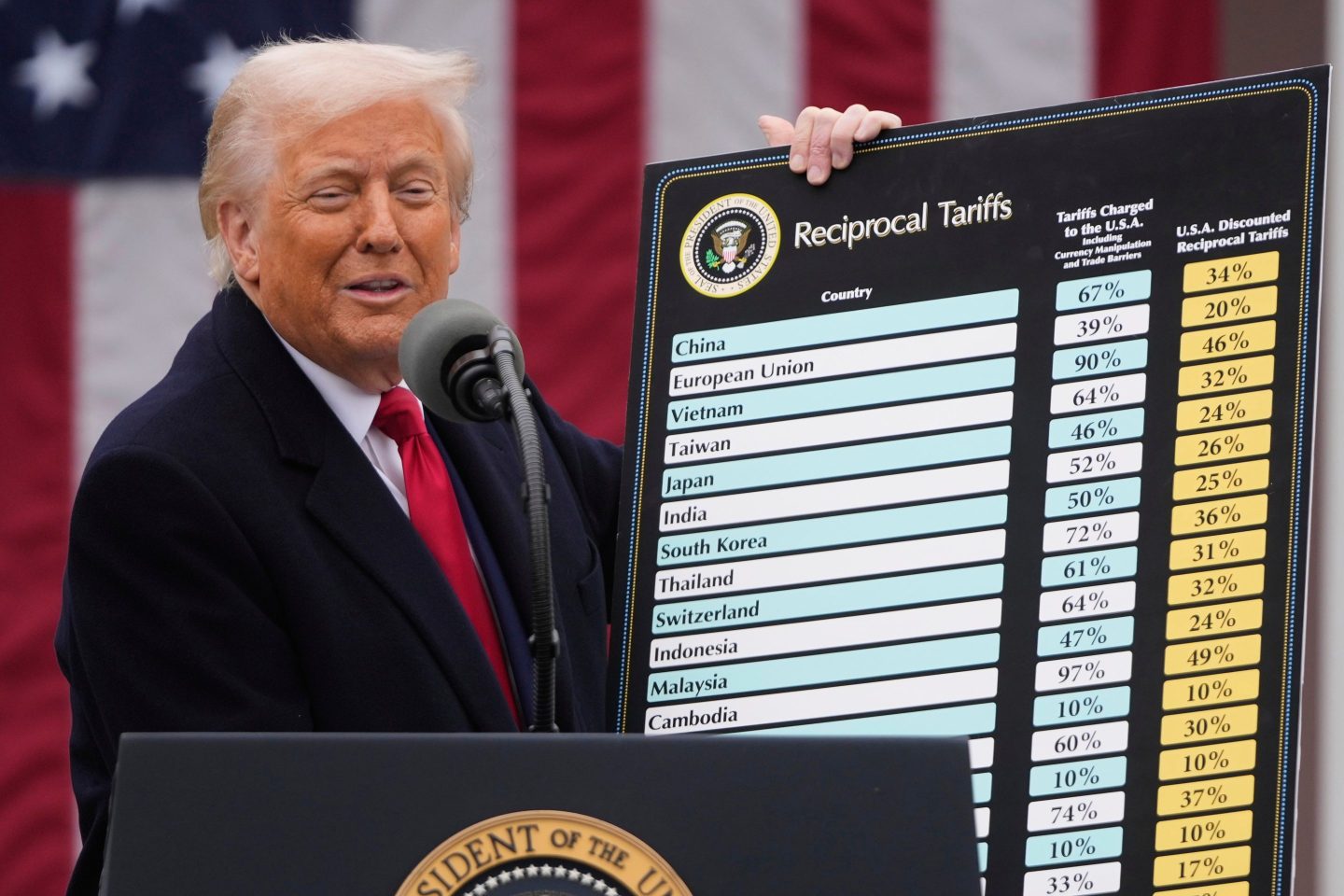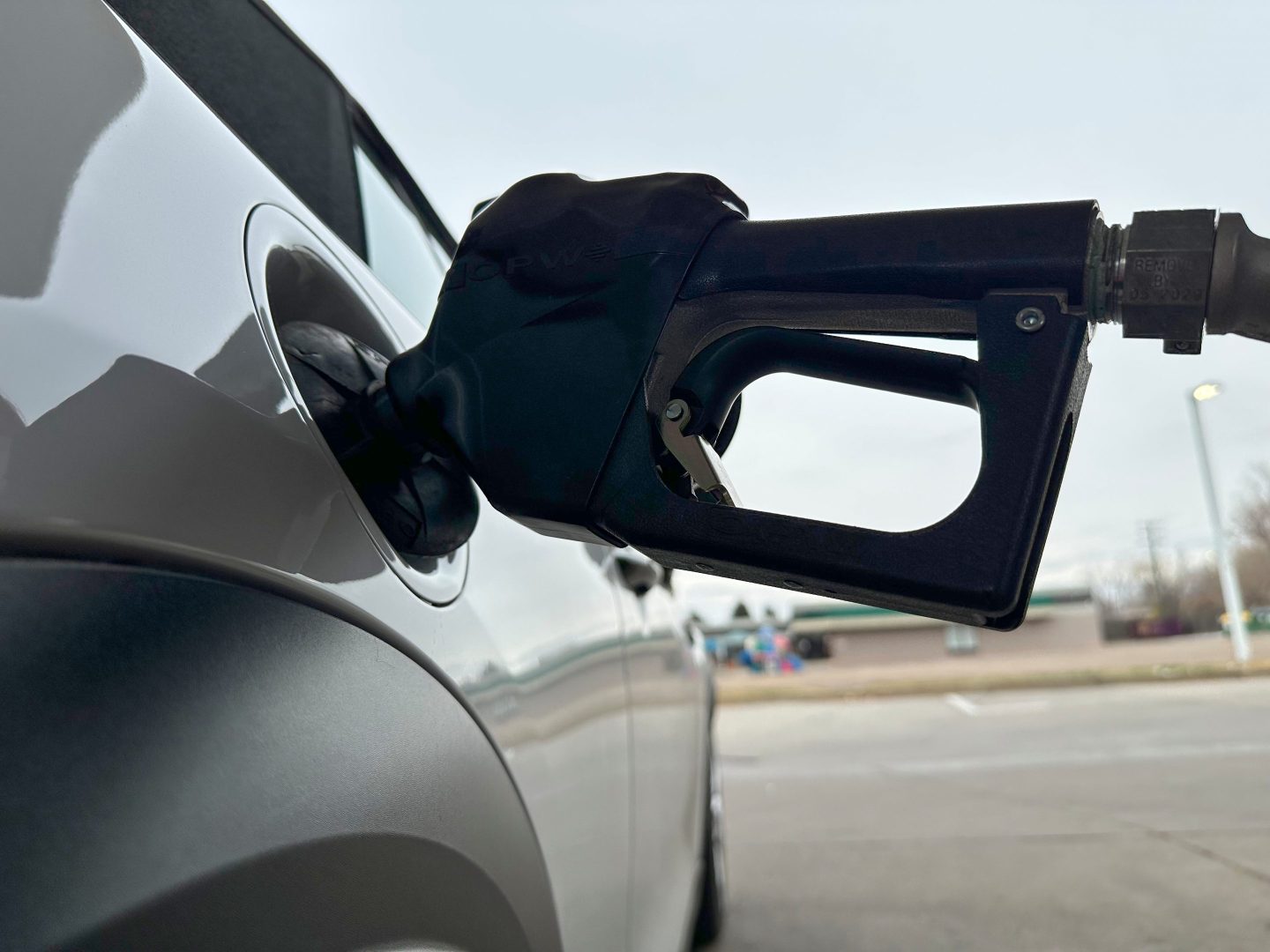Former AIG CEO Maurice “Hank” Greenberg’s case against the U.S. government kicked off Monday for what he believes was an illegal bailout during the 2008 financial crisis. In the case, called Starr International Co. Inc. v. United States, Greenberg is demanding $40 billion from the government.
David Boies, who represented Al Gore in Bush v. Gore after the 2000 presidential election, is the attorney for Greenberg’s Starr International which held an 11% stake in AIG at the time of the bailout. In his opening statement, Boies blasted the U.S. government, claiming it “charged an extortion rate” to AIG for the bailout. “They tried to to demonize AIG and suggest somehow that AIG was a poster child for problems during the financial crisis.”
Justice Department attorney Kenneth Dintzer claimed that the government acted within the law on Monday, according to Bloomberg. “It was so big and so entrenched in the world’s economic system that its failure threatened the world’s economy,” he said in his opening statement. “The goal was to save the world from AIG.”
The first witness Boies called was Scott Alvarez, the general counsel of the Federal Reserve Board of Governors, who testified on the subject of credit terms extended to financial institutions by the government in 2008.
Greenberg, who is 89-years-old, left AIG in 2005 after about 40 years due to regulatory pressure. In the lawsuit, Greenberg claims that the terms AIG received from the government destroyed shareholder value.
But on Monday, Dintzer denied that charge, pointing to the fact that AIG’s board voted and accepted the terms of the proposal. That included an emergency loan of $85 billion in return for in help for 79.9% stake in the company (that figure ultimately went up to $182 billion in bailout funds).
According to a court filing from the government, the law did not require “American taxpayers to rescue AIG and cushion the fall of its shareholders, much less to do so on terms even more favorable to Starr.” The government continues that the loan from the Federal Reserve Bank of New York was necessary to “protect and stabilize the United States government.”
The case is expected to take place over six weeks in the U.S. Court of Federal Claims.











